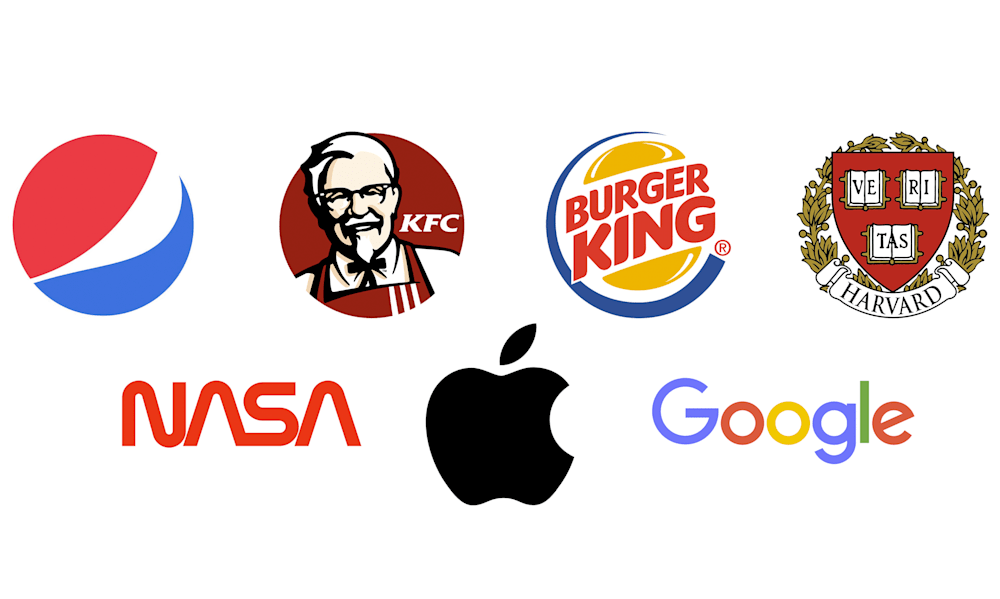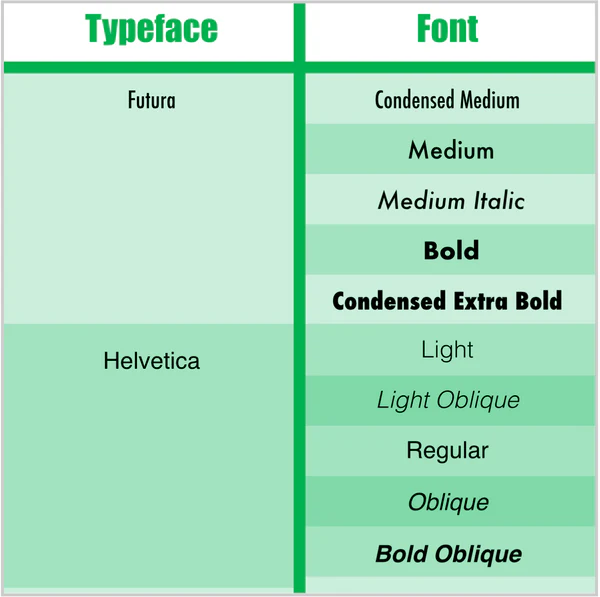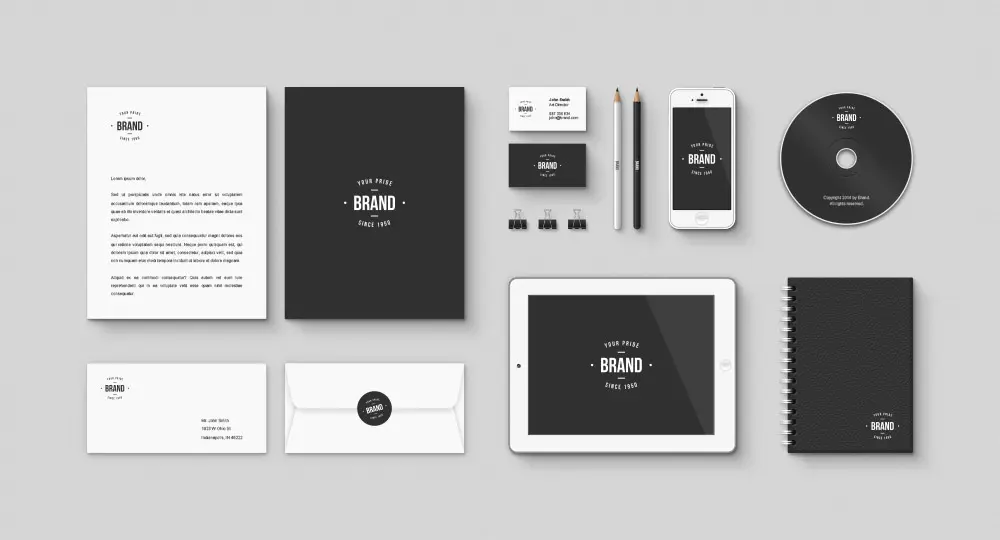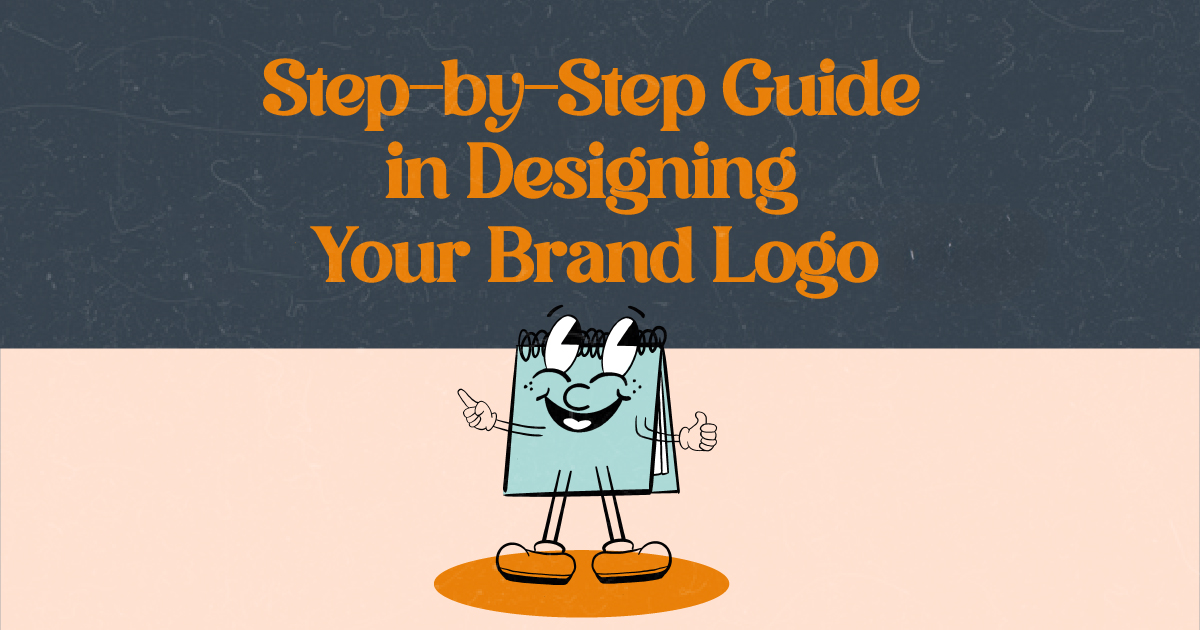Step-by-Step Guide to Designing Your Brand Logo
Your logo serves as the face of your brand. It will appear on your website, products, marketing materials, in-store signage, and virtually everywhere else your customers interact with your brand. While it may seem like a small component, a logo carries significant weight. It encapsulates your brand’s values, products, audience, industry, history, and personality. This […]
Aug 3, 2025






Your logo serves as the face of your brand.
It will appear on your website, products, marketing materials, in-store signage, and virtually everywhere else your customers interact with your brand. While it may seem like a small component, a logo carries significant weight. It encapsulates your brand’s values, products, audience, industry, history, and personality.
This comprehensive guide walks you through the branding and logo design process step by step. By the end, you’ll be equipped to create a business logo from scratch—covering everything from color selection to final design.
Step One: Define Your Brand Identity
The first step in creating your logo is to understand the essence of your brand. Before you begin sketching, define your brand’s story, values, and the emotions you want your logo to convey.
This stage involves exploring your target audience, developing buyer personas, and—most importantly—considering the feelings you want your logo to evoke in viewers.
Step Two: Seek Inspiration
Starting a creative project can be overwhelming, especially when you’re brimming with ideas. To gain clarity, explore logos from other brands. This helps you identify styles and elements that resonate with you, guiding you toward a clearer vision for your own logo.
Step Three: Determine Your Logo Style
Once you’ve gathered inspiration, decide on the style of your logo. Consider the following factors:
- Brand Personality: Is your brand playful, professional, modern, or vintage? Your logo should reflect this.
- Target Audience: What styles would appeal to your audience’s preferences and expectations?
- Industry Trends: Be aware of common design trends in your industry. While you want to stand out, understanding the norm gives useful context.
- Types of Logos: Get familiar with logo types—wordmarks, lettermarks, pictorial marks, abstract marks, combination marks, mascot logos, and emblems. Choose what fits your brand best.


Clearly defining your logo style helps you design something that resonates with your audience while reflecting your brand’s identity.
Step Four: Create Some Sketches
(Logo sketches and brainstorming, Image by Inkbotdesign)
Now it’s time to sketch some rough ideas. These are just early drafts. Your goal is to get ideas on paper—trust the process and let your creativity flow. You’ll refine your concepts later.
Logo designer David Airey says it best:
“The beauty of a first draft is found in its imperfections; it serves as a foundation for refining ideas and finding the right balance.”
As you sketch, remember these tips:
- Keep it simple: If the concept can be understood in under seven seconds, you’re on the right track.
- Avoid clichés: Skip overused clip-art and generic icons like globes and stars.
- Use thoughtful color choices: Consider industry norms and current color trends.
Product designer Nick Babich recommends the “three-color rule.” You don’t have to use three colors, but if you do go multi-color, keep the palette harmonious.
Colors evoke emotions and shape perception. For example, blue represents trust and maturity, which is why it’s popular in finance, healthcare, and tech. Choose a palette that reflects your brand’s message and values.


Step Five: Refine Your Chosen Sketch
Pick the sketch that resonates most and refine it.
- Remove unnecessary details to keep the design clear and impactful.
- Tweak elements for better symmetry and spacing.
- If your logo includes text, select a font that complements the design and reflects your brand’s personality.
- Don’t be afraid to experiment with layout and style until it feels right.
Step Six: Design Your Logo Digitally
If you’ve been sketching on paper, transition to digital design.
- Choose your software: Adobe Illustrator, CorelDRAW, Canva, and Inkscape are popular options.
- Set up your workspace: Create a new document with dimensions suitable for your logo use (web, print, etc.).
- Digitize your sketch: Scan or photograph your sketch and import it into your software.
- Trace your logo: Use the pen or shape tools to recreate your design cleanly and precisely.
Step Seven: Choose a Font
Even if your logo doesn’t include text, your brand will use typefaces across marketing materials, websites, and signage. Select fonts that reflect your brand’s voice for consistent branding.
Typeface vs. Font


Did you know? The terms typeface and font are often used interchangeably, but they’re different:
- Typeface: A family of related fonts (e.g., Arial, Helvetica).
- Font: A specific style within a typeface (e.g., Arial Bold Italic).
Step Eight: Ensure Scalability
A strong logo works at any size—from tiny app icons to billboard banners.
- Design with vector formats (like SVG or EPS).
- Keep it simple to retain clarity at small sizes.
- Test the logo across multiple sizes and applications.
A scalable logo enhances professionalism, versatility, and brand consistency.
Step Nine: Choose the Best Option
With your logo refined, it’s time to test it with your target audience.
- Select a representative group: Use surveys, focus groups, or interviews.
- Present it in context: Show how it appears on packaging, websites, or ads.
- Gather feedback: Use open-ended questions and rating scales to collect both qualitative and quantitative responses.
- Refine again: Based on feedback, tweak the design without compromising your core brand identity.
- Test again if needed: A second round of feedback ensures your design hits the mark.
Step Ten: Integrate the Logo Into Your Business
Now, roll out your logo across your business:
- Apply it to your website, packaging, social media, signage, and other assets.
- Ensure all uses follow brand guidelines to maintain consistency.
- Educate your team on the logo’s importance and correct usage.


Conclusion
Designing a logo is a foundational step in building your brand’s identity. A strong logo reflects your values, communicates your personality, and creates a lasting impression.
From sketching ideas to choosing fonts and testing audience reactions, every step is crucial. When done right, your logo becomes more than just a visual—it becomes a symbol of trust, connection, and recognition.
Invest the time and effort now, and your brand will reap the rewards for years to come.
















